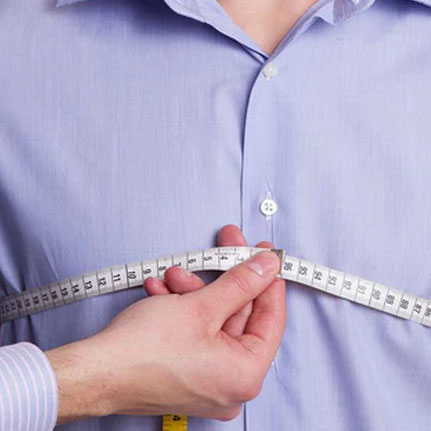The day of your marriage is one of the most special days in your life, and looking the best among the guests is an obvious necessity. But what happens when some fluctuations in weight are experienced in the weeks or months before your big day? Be it from anxiety, a new fitness regime, or simply changes in everyday life, such as a rise and fall in weight are normal and can be kept under control. Here’s how to manage them with style along with some smart tips for wedding dress alterations that will ensure everything fits as it ought.
1. Plan for Alterations
When you purchase your wedding dress, it’s wise to schedule an initial fitting at least three months before your wedding. This, of course, allows time to carry out major repairs, especially if there are drastic weight changes. Follow up with at least two additional fittings closer to the big day to address any minor alterations.
For instance, if your body changes more than expected, tailoring your dress during these sessions ensures it hugs your curves perfectly while accommodating any new dimensions. Similarly, for Shirts alteration, grooms or bridal party members can also benefit from early and frequent fittings to ensure everything fits impeccably.
2. Choose a Dress with Flexibility
Some wedding dresses are more alteration-friendly than others. Look for dresses with adjustable features like corset backs, lace-ups, or fabric that allows for seamless let-outs or take-ins. These designs can accommodate up to a size difference without compromising the style.
3. Stay Consistent with Your Routine
Although it is quite normal to want to put one’s best foot forward, last-minute desperate measures involving drastic dieting or exercise when preparing for fittings can be disastrous. Try as much as possible to stick to a routine to avoid going through drastic weight fluctuations. If there is a trainer or a nutritionist involved, make sure to tell them the timeline of your wedding so that they help keep a balance.
4. Communicate Openly with Your Tailor
Your tailor is your best ally when it comes to altering wedding dresses and shirts. Share your concerns about potential weight changes upfront. Wedding dress alteration London can plan adjustments and recommend solutions that make final fittings smoother.
For example, they might leave extra fabric in the seams or suggest alterations closer to the event date to accommodate any fluctuations.
5. Be Prepared for Emergency Alterations
Unexpected changes can occur even with the finest preparation. To address this, schedule your final fitting 1–2 weeks before your wedding day. This timing ensures that any last-minute tweaks, such as letting out the bust or cinching the waist, can be completed in time. For shirts or bridal party outfits, ensure there’s a reliable tailor on standby to handle sudden adjustments.
6. Accessorize Wisely
If minor changes in fit occur, accessories like belts or sashes can help redefine your silhouette and ensure everything stays in place. These simple additions can make a difference without requiring a complete overhaul.
Whether the groom or bridal party needs a wedding dress or shirt altered, prioritizing early fittings and taking a flexible approach will ensure everyone looks their best on the big day. After all, the focus should be on celebrating your love—not your measurements!
